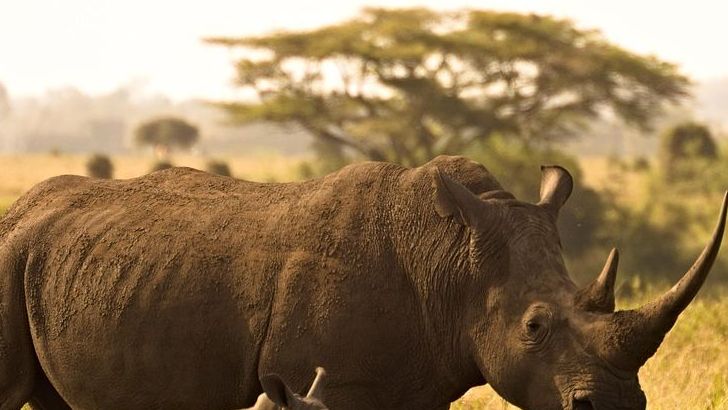1. Svalbard, Norway
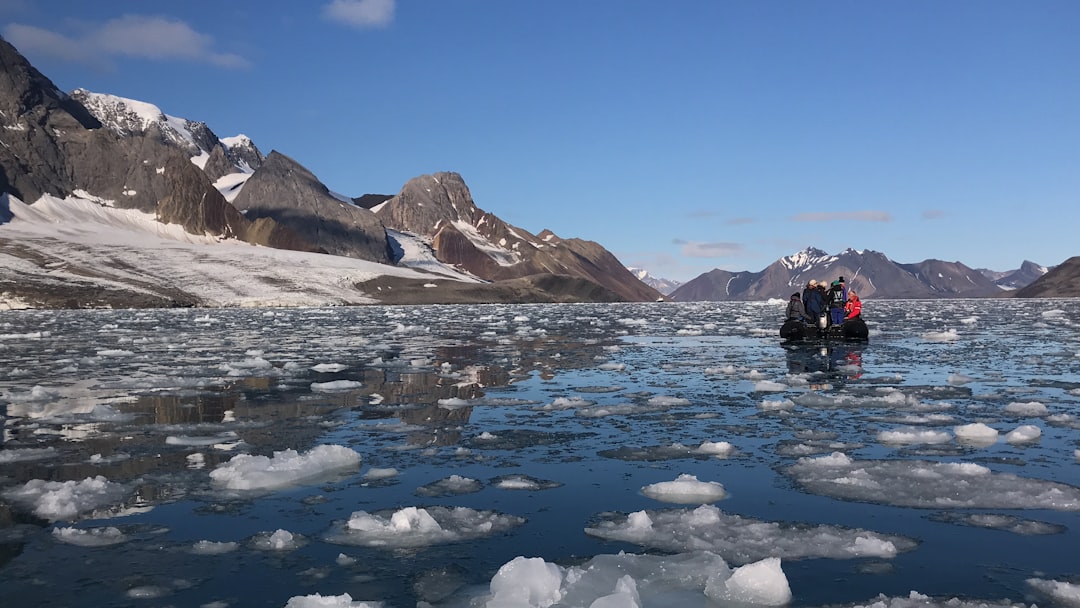
Svalbard, an Arctic archipelago located between mainland Norway and the North Pole, sees only about 30,000 visitors annually—compared to several million in Norway’s fjord regions. This remote wilderness offers vast glaciers, polar bear sightings, and endless daylight in summer, making it a dream for solitude seekers. Longyearbyen, the world’s northernmost town, has a permanent population of just over 2,500. Since 2023, Svalbard has implemented strict controls on cruise ship numbers to protect the delicate environment, further reducing visitor density. The landscape is both dramatic and serene, with fewer tourists per square kilometer than almost anywhere in Europe. Even during peak season, travelers can hike, kayak, and snowmobile for hours without meeting another soul. The region’s controlled tourism ensures that every encounter with wildlife or scenery feels intimate and exclusive.
2. Valbona Valley, Albania

Tucked into the Albanian Alps, Valbona Valley National Park has quickly gained attention among hikers, yet still averages fewer than 35,000 visitors a year, according to 2024 park statistics. Unlike the crowded trails in the Dolomites or Swiss Alps, Valbona’s paths wind through quiet forests, wildflower meadows, and past quaint villages that feel untouched by mass tourism. Locals make up most of the overnight stays, so international tourists are a small minority. The valley’s guesthouses are family-run, and you’ll rarely find more than a handful of other hikers at key trailheads, even in July and August. Albania’s continued focus on sustainable tourism aims to keep the region’s pristine reputation intact. The spectacular Theth-to-Valbona hike, often called one of Europe’s best, remains blissfully uncrowded.
3. Isle of Eigg, Scotland
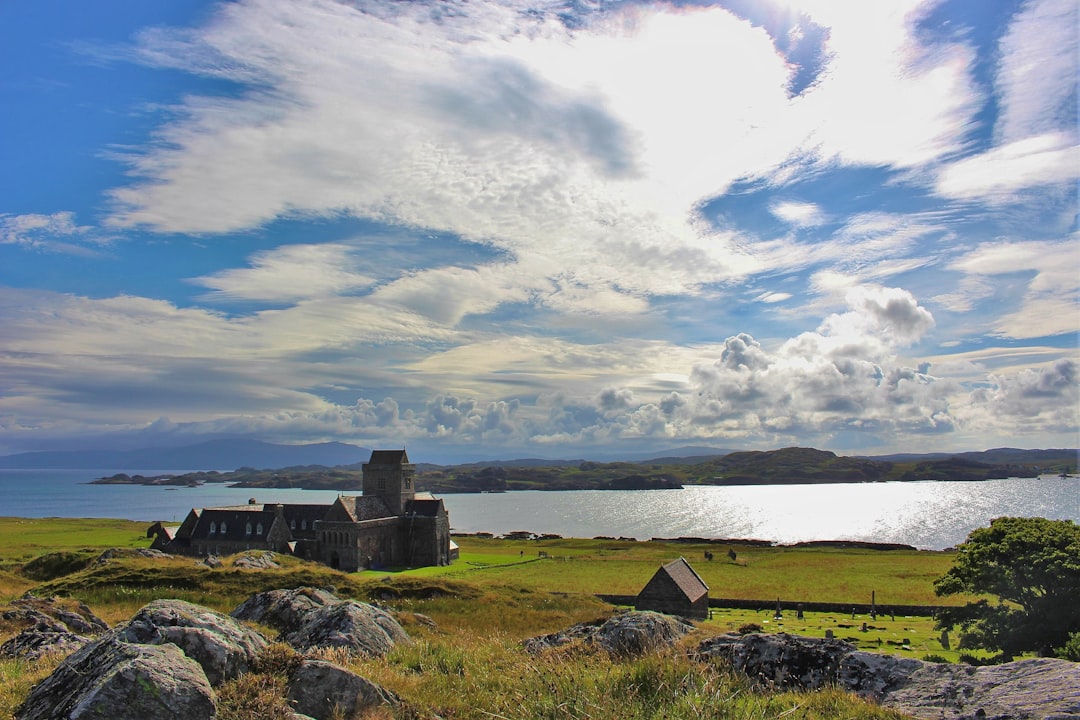
The Isle of Eigg, with a population hovering around 110, is part of the Inner Hebrides and is accessible only by ferry. According to Scottish transport data, the island receives roughly 12,000 visitors per year, a fraction of the numbers seen on neighboring Skye. Eigg’s community-owned status has helped preserve its slow pace of life and unique environment. There are no large hotels or chain restaurants—just a handful of cozy B&Bs and a single grocery shop. The island is car-free for visitors, and its main attractions are nature walks, fossil hunting, and birdwatching. In 2024, Eigg celebrated 27 years of community ownership, which continues to prioritize low-impact tourism and local well-being. Even during summer, the island’s beaches and hills promise peaceful exploration.
4. The Kii Peninsula, Japan
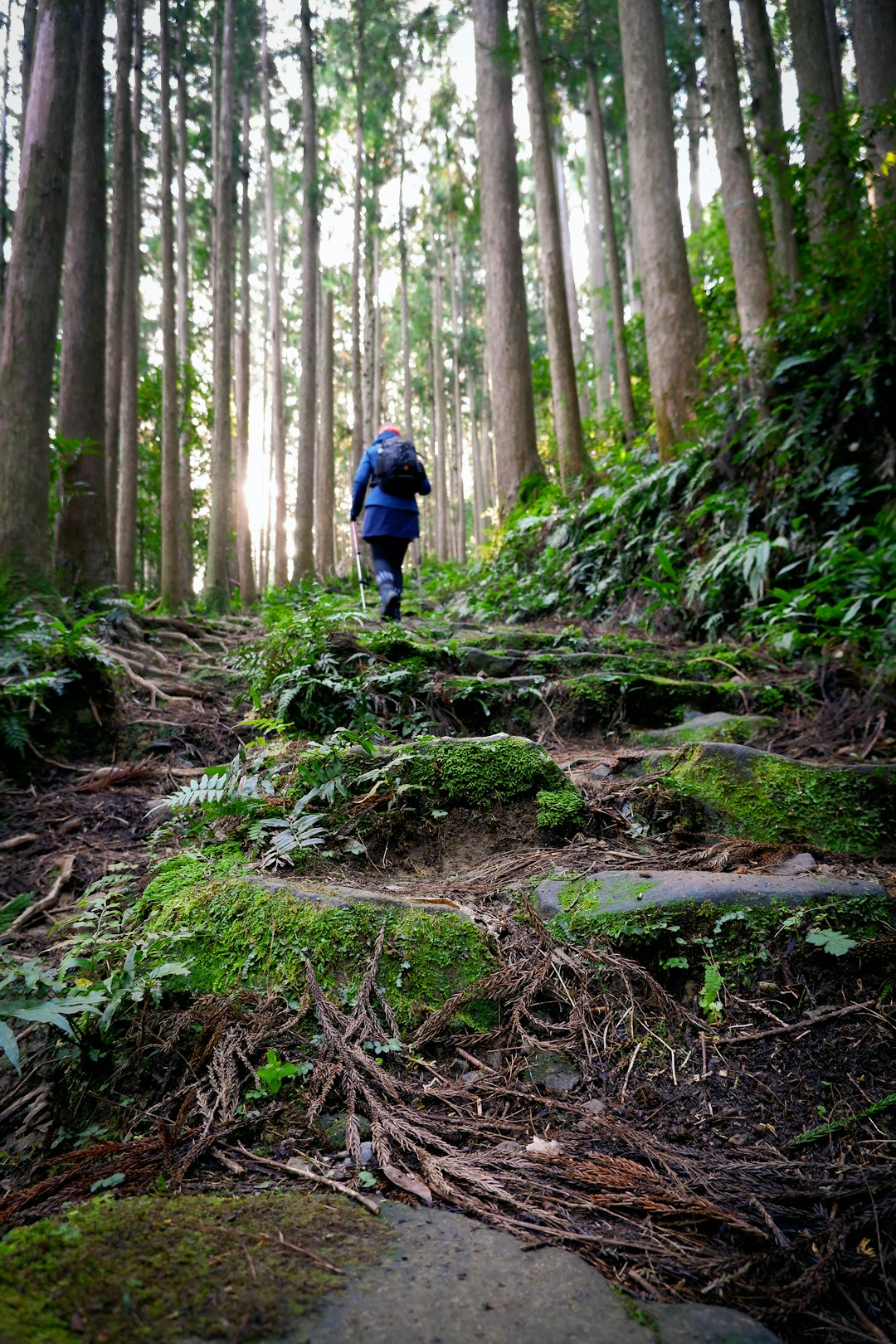
Japan’s Kii Peninsula, south of Osaka, is renowned for its ancient pilgrimage trails—yet most international tourists stick to Kyoto or Tokyo. The Kumano Kodo, a UNESCO World Heritage Site, recorded only about 17,500 international hikers in 2023, according to the Wakayama Tourism Board. This is shockingly low compared to the millions who flock to Japan’s urban centers. The peninsula’s forested mountains, quiet temples, and rural onsens (hot springs) feel worlds away from the bustle of Japan’s cities. Local guesthouses, known as minshuku, offer authentic hospitality without crowds. The deeply spiritual atmosphere is preserved by strict visitor limits on certain trails. Travelers can expect tranquil walks beneath ancient cedars and encounters with monks and villagers, not tour groups.
5. The Faroe Islands
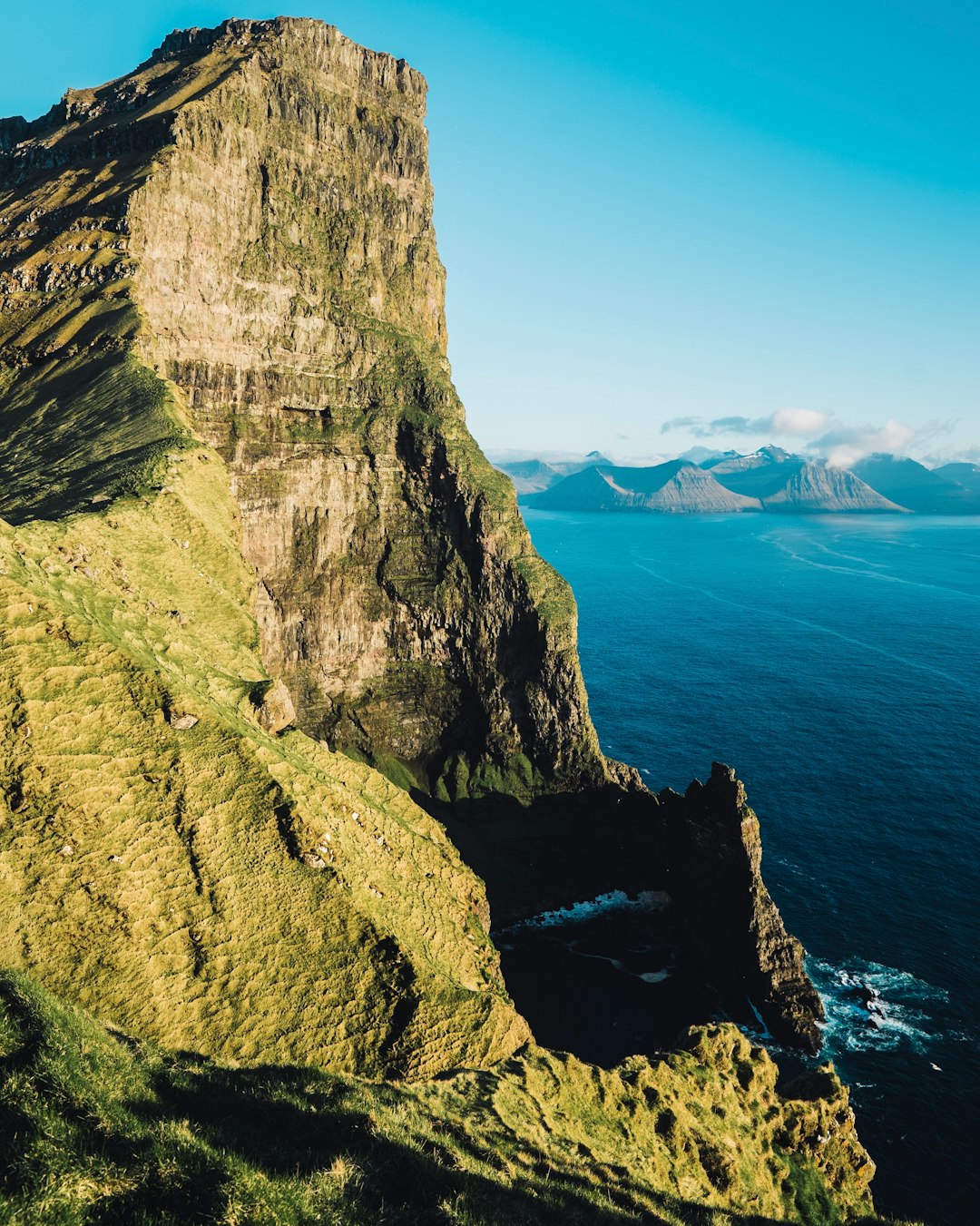
Situated in the North Atlantic between Norway and Iceland, the Faroe Islands have a total population of just over 54,000 and welcomed only 118,000 tourists in 2023, as reported by Visit Faroe Islands. The government has capped the number of cruise ships and instituted a “Closed for Maintenance” weekend each year, where volunteers help preserve the natural environment. With dramatic cliffs, puffin colonies, and waterfall-laced fjords, the islands offer a cinematic escape without the lines. Hikers can spend hours on marked trails and see more sheep than people. The capital, Tórshavn, feels like a sleepy village compared to other European cities. In 2024, the islands were ranked among Europe’s least crowded destinations by multiple travel publications.
6. Kangerlussuaq, Greenland
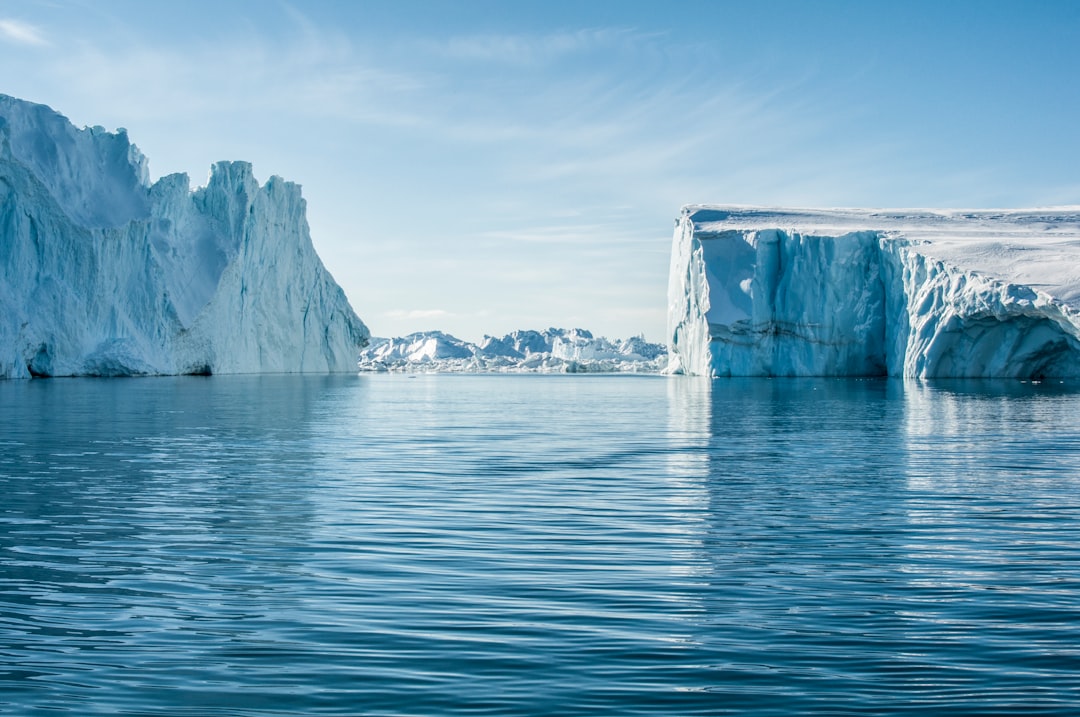
Kangerlussuaq, a gateway to Greenland’s vast interior, has a permanent population of just 510 and receives about 15,000 tourists annually, according to Greenland Statistics for 2024. There are no roads connecting the town to other settlements; all arrivals are by air or via seasonal cruise. The Russell Glacier and endless tundra offer a rare sense of isolation, with guided treks and icecap excursions that rarely overlap with other groups. Wildlife sightings—reindeer, musk oxen, arctic foxes—are common and uninterrupted. Local guides pride themselves on showing off the untouched wilderness, and the airport’s small size means you’ll never see a crowd. Efforts to maintain low-impact tourism keep visitor numbers steady and the atmosphere serene.
7. The Alentejo Coast, Portugal
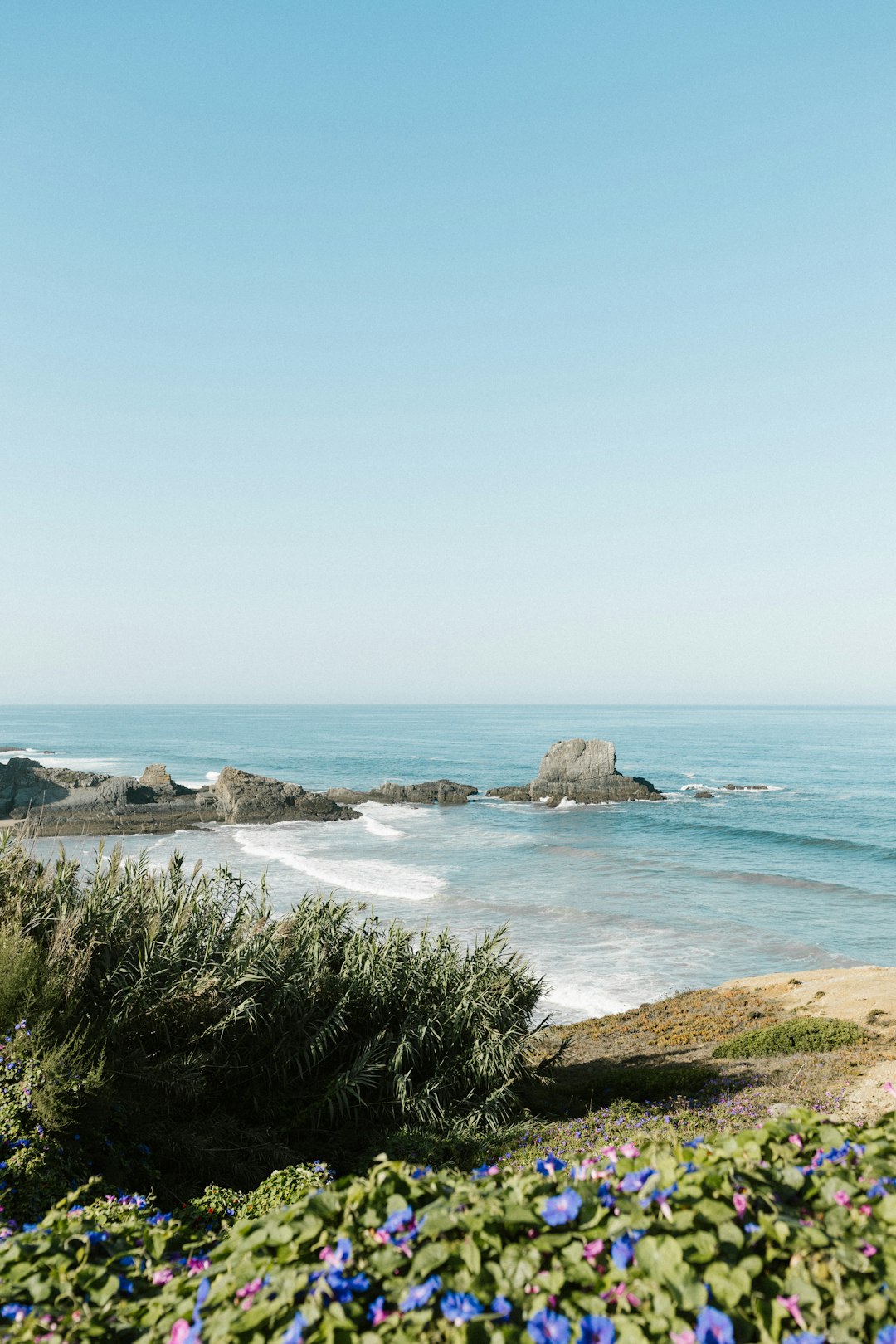
While Portugal’s Algarve coast is world-famous and crowded, the Alentejo Coast remains a secret among locals and savvy international visitors. According to Turismo Alentejo, this region attracts around 100,000 tourists per year—compared to the Algarve’s 4 million. The beaches are wild and uncrowded, with sleepy villages like Vila Nova de Milfontes and Zambujeira do Mar offering a glimpse of traditional Portuguese life. Surfers and hikers love the quiet Rota Vicentina trail, which stretches for over 400 kilometers. In 2024, several new eco-lodges opened, emphasizing sustainability and intimacy rather than mass accommodation. Fresh seafood, stunning cliffs, and golden sunsets can be enjoyed without the summer throngs found elsewhere in Southern Europe.
8. The Yukon, Canada
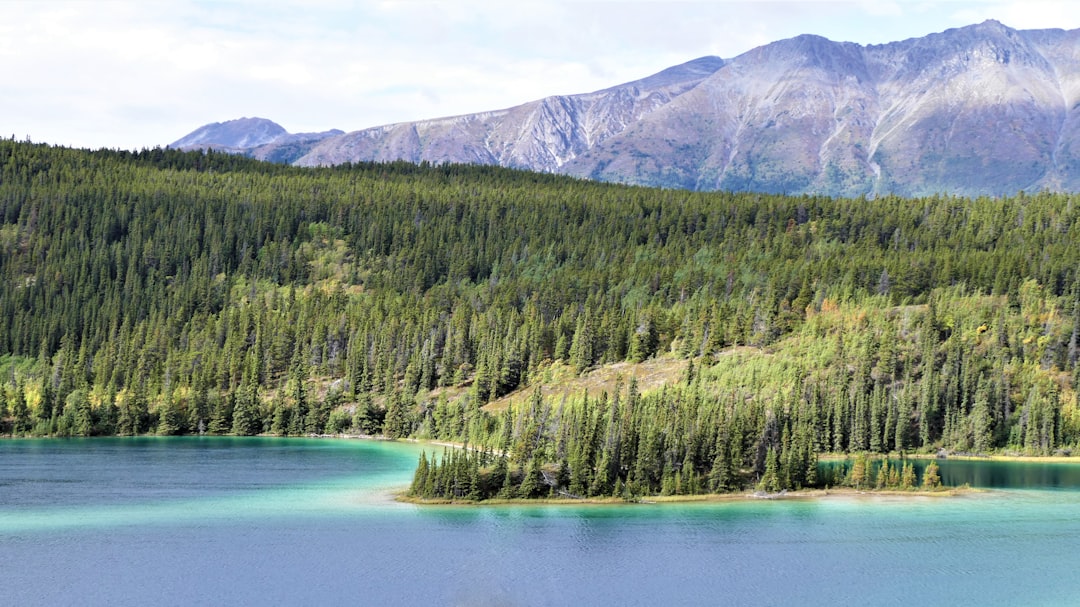
According to the Yukon Government’s 2024 tourism report, this vast northern territory had just over 100,000 visitors last year, despite its size being larger than Germany. The majority of Yukon’s land remains uninhabited wilderness. Outdoor lovers can paddle the Yukon River, hike the Tombstone Mountains, or drive the Dempster Highway with little risk of running into crowds. Dawson City, the historic gold-rush town, has a population of about 1,400, and even during its peak season, streets are calm. The region’s commitment to small-scale tourism and Indigenous-led experiences ensures a respectful pace of travel. In summer, endless daylight and the northern lights in winter create unforgettable moments far removed from busy tourist hubs.
9. The Simien Mountains, Ethiopia
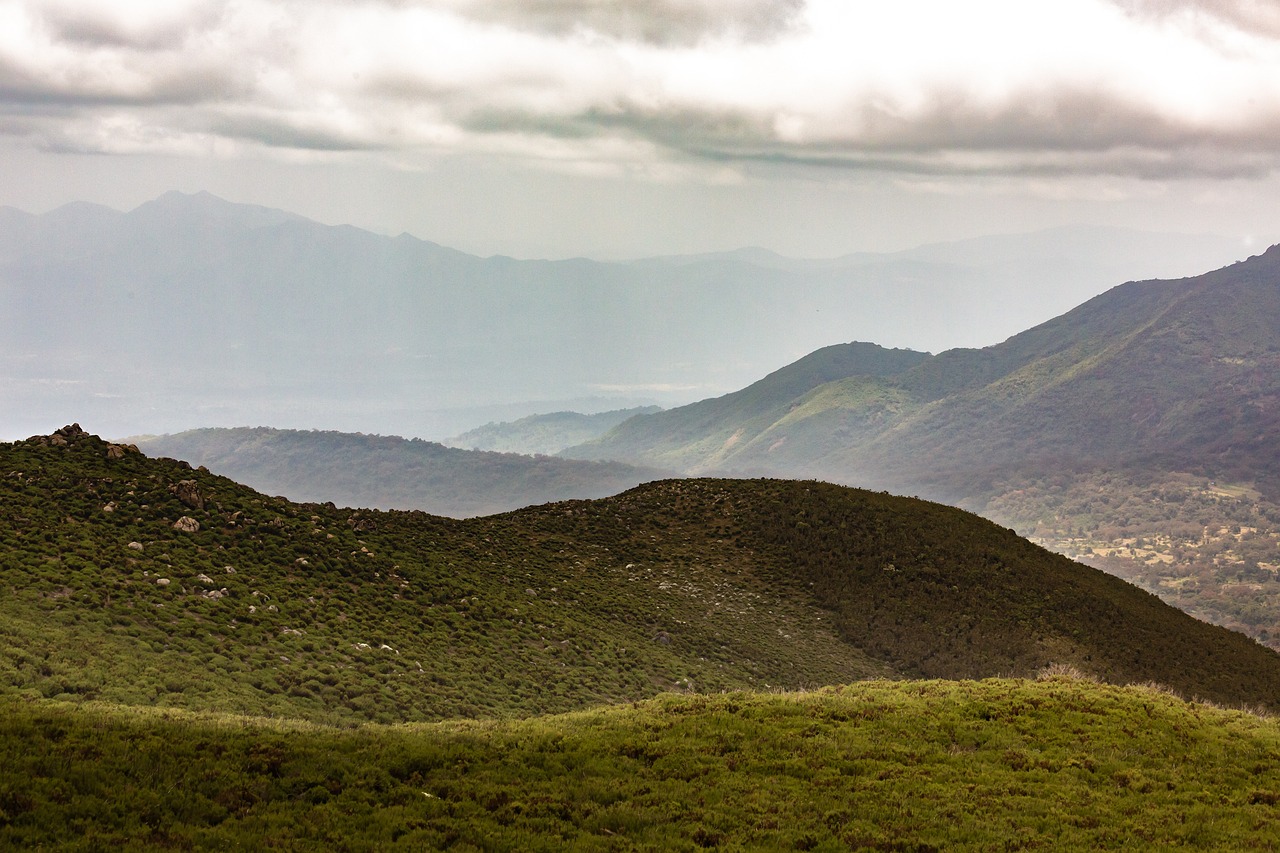
The Simien Mountains National Park, a UNESCO World Heritage Site, hosts roughly 25,000 visitors per year, according to Ethiopia’s Ministry of Culture and Tourism 2024 data. By comparison, popular parks in Kenya and Tanzania see hundreds of thousands. The park’s dramatic escarpments, endemic wildlife—such as the gelada baboon and Ethiopian wolf—and ancient villages offer a journey into a world few outsiders see. Trekking groups are small, and the vast highland plateaus mean you’ll rarely spot other travelers. Conservation efforts have increased since 2022, limiting visitor numbers to protect fragile habitats. Even at the summit of Ras Dashen, Ethiopia’s highest peak, climbers often find themselves alone with sweeping views.
10. The Gaspé Peninsula, Quebec, Canada
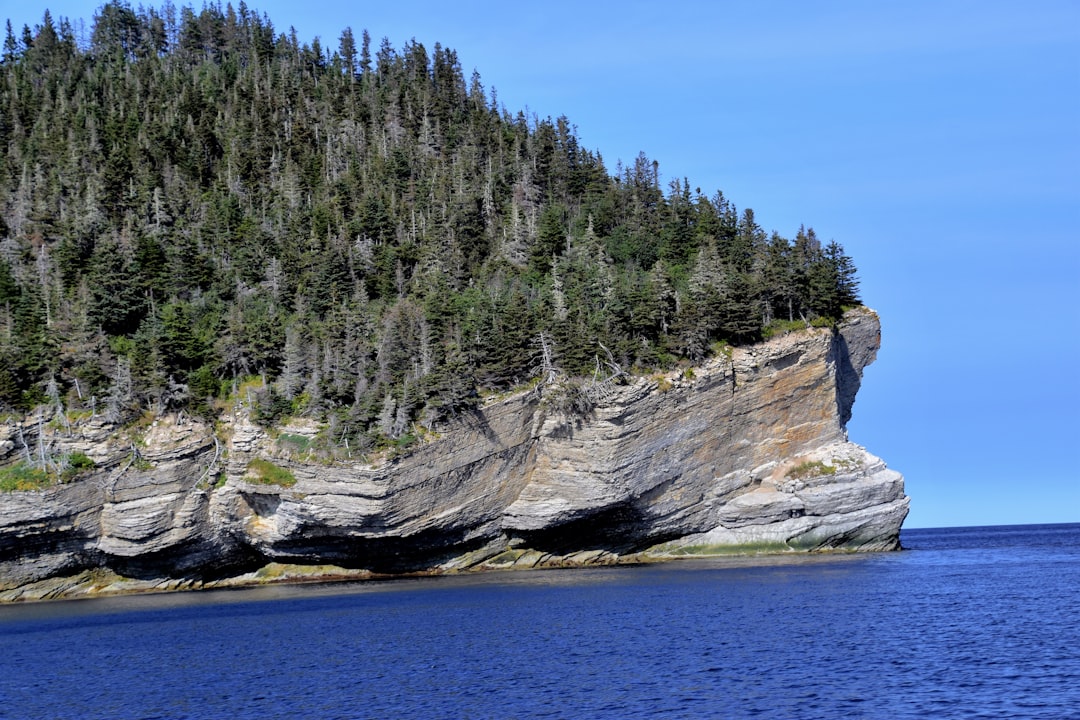
The Gaspé Peninsula, jutting into the Gulf of St. Lawrence, is known for its dramatic coastline, but remains overlooked by most tourists. According to the Quebec Tourism Office, just over 300,000 visitors explored the region in 2024—tiny compared to the millions visiting Montreal or Quebec City. The Forillon National Park and Percé Rock are the main attractions, yet never feel crowded, even in July. Small fishing villages dot the coast, offering authentic local cuisine and culture. The peninsula’s vast forests and pebble beaches provide room for everyone, and many hiking trails are so quiet that you might only hear the wind and seabirds. The region’s remoteness helps it avoid the congestion seen elsewhere in eastern Canada.
11. Lake Mývatn, Iceland

While Iceland’s Golden Circle is notorious for crowds, Lake Mývatn in the north averages only 120,000 annual visitors, according to Icelandic Tourist Board 2024 statistics. Most tour buses never make it this far, leaving volcanic landscapes, geothermal baths, and birdlife undisturbed. The Mývatn Nature Baths, a smaller alternative to the Blue Lagoon, rarely require advance booking. Travelers can explore lava fields, pseudo-craters, and steaming vents with few others around. The nearby town of Reykjahlíð has just 300 residents, ensuring a relaxed pace. Birdwatchers flock here in spring for unique species, while hikers enjoy miles of trails with panoramic views.
12. Kangaroo Island, Australia
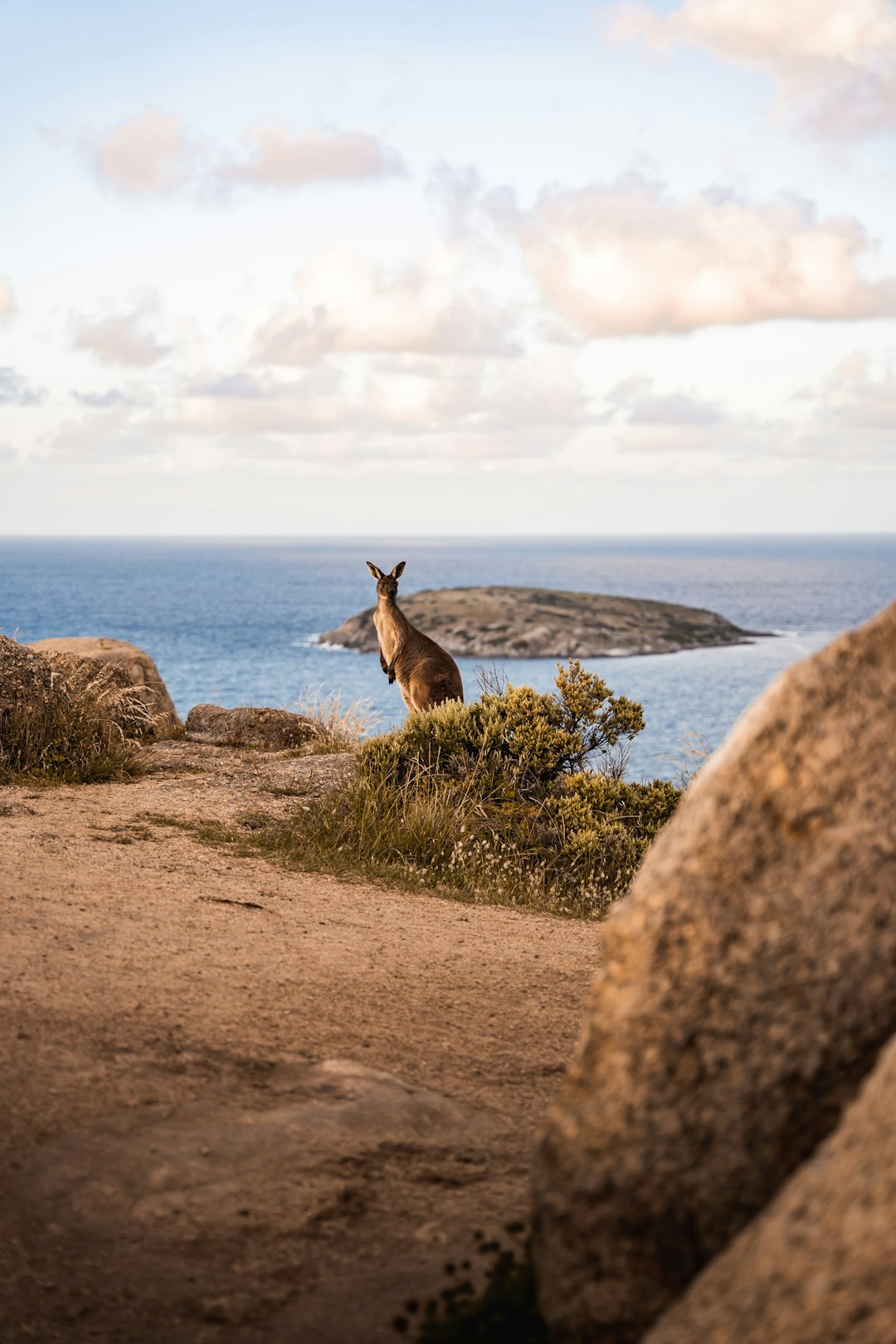
Kangaroo Island, off the coast of South Australia, welcomed approximately 180,000 tourists in 2024, as per Tourism Australia. That number is dwarfed by the millions who visit Sydney or the Great Barrier Reef each year. The island’s rugged beauty—limestone cliffs, eucalyptus forests, and wildlife sanctuaries—feels untouched. After devastating bushfires in 2020, the community embraced a “slow tourism” recovery, focusing on small-group tours and eco-friendly stays. Seal Bay and Flinders Chase National Park are never crowded, even at peak times. The island’s residents, numbering around 4,700, offer genuine hospitality and are eager to share their unique environment, from nocturnal wildlife walks to artisan food tastings.
13. The Carpathian Mountains, Romania
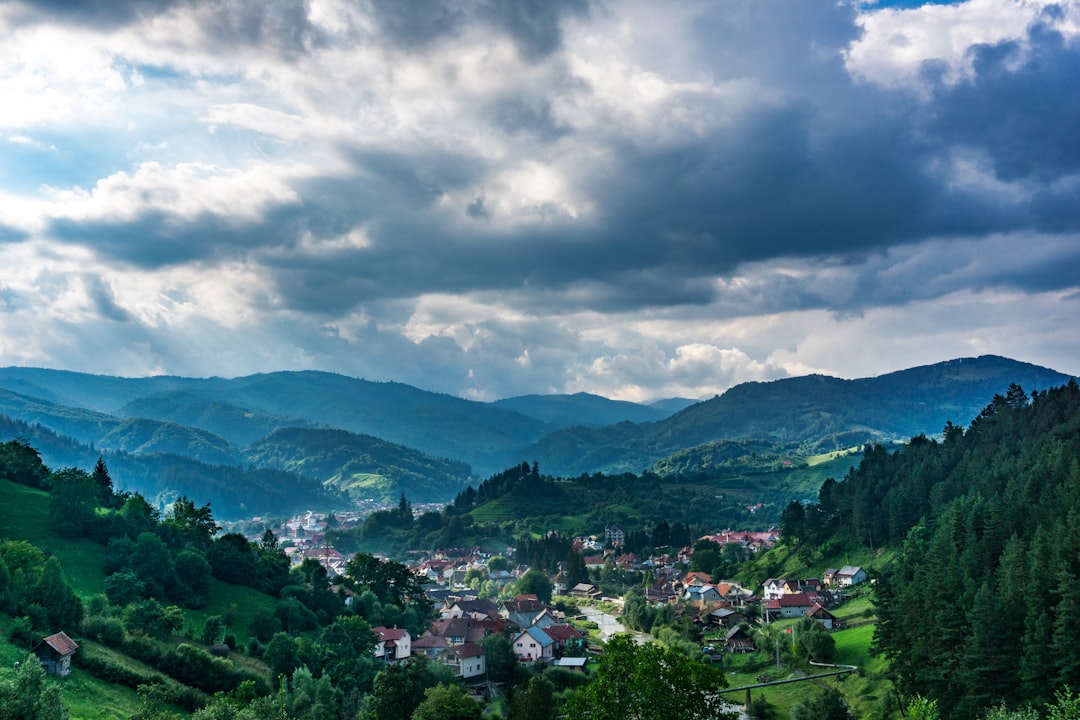
Romania’s Carpathian Mountains are Europe’s second-longest range, yet remain under the radar. According to the Romanian National Institute of Statistics, mountain tourism drew only about 350,000 international visitors in 2024, far fewer than the Alps or Pyrenees. The region’s dense forests, medieval castles, and bear populations lend a fairytale quality. Hiking trails are extensive, but most remain blissfully empty even in August. Small towns like Sinaia and Brașov offer cozy guesthouses and local cuisine. Conservation programs introduced in 2023 have helped preserve wilderness areas while promoting responsible tourism. The Carpathians’ vastness and variety make solitude easy to find for days on end.
14. The Azores, Portugal
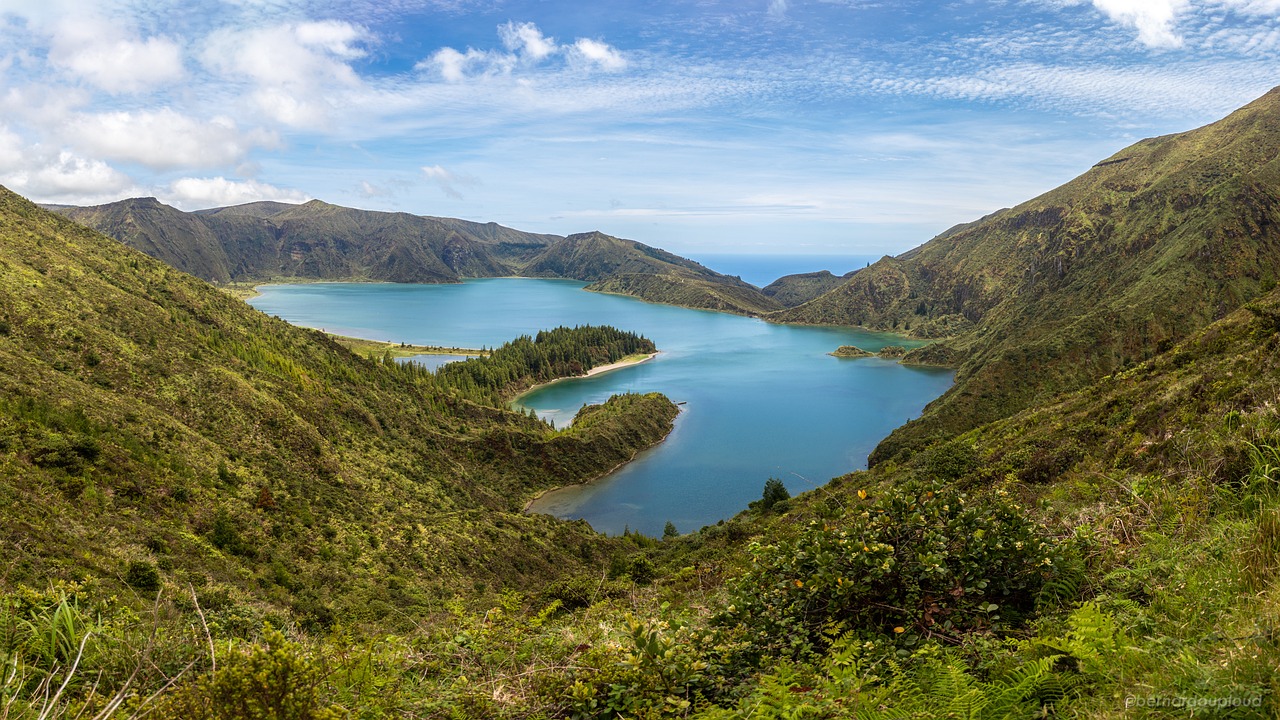
The Azores archipelago, located in the mid-Atlantic, hosts just over 300,000 visitors per year, according to 2024 data from Turismo dos Açores. This is a fraction of the numbers seen in mainland Portugal or Madeira. Each of the nine islands offers its own unique charm—volcanic lakes, hot springs, hydrangea-lined roads—but never feels crowded. The largest city, Ponta Delgada on São Miguel, has just 68,000 residents. Strict environmental regulations have limited large-scale development, preserving the islands’ natural beauty. Whale-watching, hiking, and geothermal bathing are enjoyed with plenty of space to breathe. The Azores’ commitment to sustainability was recognized in 2024 with a European Green Destination award.
15. The Magdalen Islands, Quebec, Canada
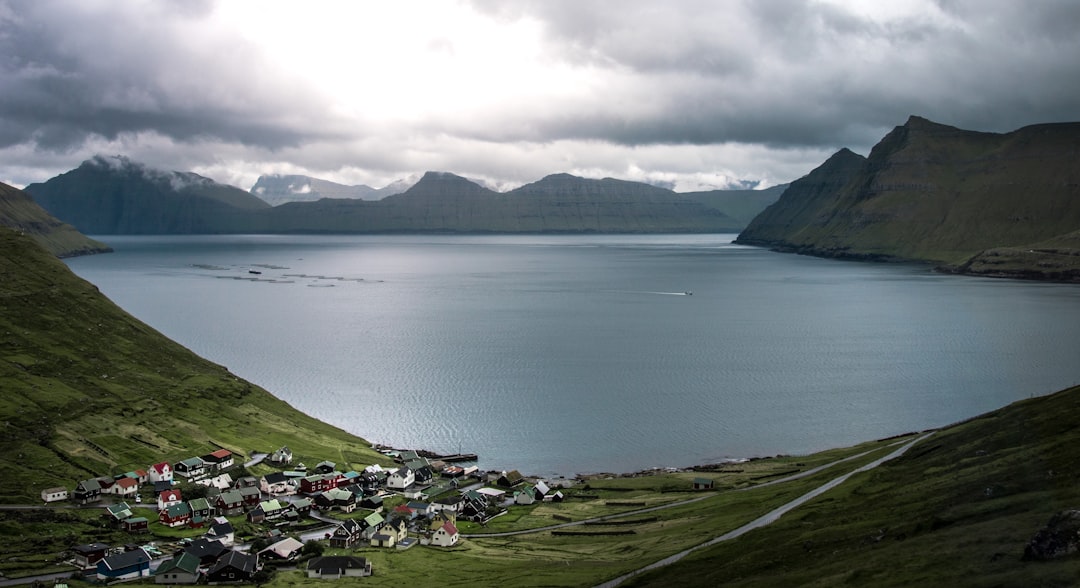
The Magdalen Islands, or Îles de la Madeleine, are a remote archipelago in the Gulf of St. Lawrence, drawing roughly 65,000 visitors in 2024 as reported by Tourisme Îles de la Madeleine. The islands’ rolling dunes, red cliffs, and colorful houses offer a tranquil escape from mainland bustle. Ferries and small flights keep access limited, ensuring the beaches and trails stay quiet. Local festivals, seafood shacks, and artisan shops are woven into daily life, and even in high summer, you’ll never feel rushed. The islands’ unique Acadian culture and slow pace have made them a favorite among Canadian travelers seeking peace and space. The Magdalen Islands’ low-key charm and stunning scenery remain one of Eastern Canada’s best-kept secrets.




